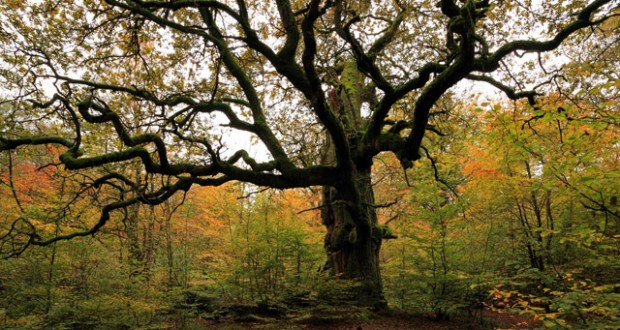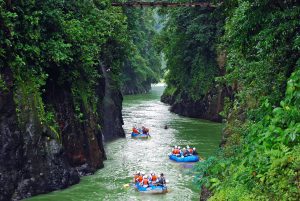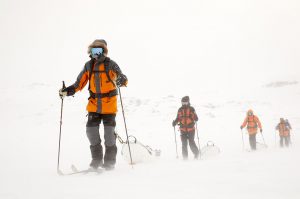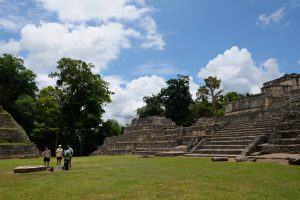
Urwald Sababurg nature reserve near Hofgeismar, Hesse, Germany. Image: SuperStock
Where to find the fairytale cottages, castles and forests in our (not so) rough guide to the Brothers Grimm’s Germany
View online at natgeotraveller.co.uk
Before Walt Disney came along with his sanitising paintbrush and happy endings, Snow White, Cinderella, Rapunzel, and the other characters of Jacob and Wilhelm Grimm’s Children’s and Household Tales (1812) inhabited a foreboding Germanic landscape of fire-lit peasant dwellings and scary, pathless forests. Violent, didactic and a product of the politicised Romantic movement, Grimms’ Fairy Tales, as the stories are now known, were very much intended for adults.
Today, however, Grimm tourism in the brothers’ home state of Hesse is largely targeted at children. A 375-mile Fairy Tale Route wends through this wooded, central region of Germany, taking in a number of Grimm-related attractions and museums, many featuring costumed actors.
For a more authentic fairytale experience, make like Little Red Riding Hood and head for the woods. The gnarled oaks of Reinhardswald are best experienced near Sababurg Castle or on the 54-mile Grimmsteig walking trail through the villages east of Kassel. You may even meet a modern-day woodcutter.
While pretty villages, such as Alsfeld, can be found along the Grimm tourist trail, the region, and the Frankfurt area in particular, suffered extensive WWII bomb damage. A more complete vision of the cottages that provided the stories’ backdrop can be found in Cochem, in the Mosel Valley. Little seems to have changed in centuries: the town square is lined with half-timbered houses and a turreted 11th-century castle rises up atop a leafy hill.
deutsche-maerchenstrasse.com/en
Where to start: The Pied Piper
There’s more to pretty Hamelin than the Grimms’ tale of a rat catcher who spirits away the local kids, although the Lower Saxony town is very proud of its literary association. Besides the Pied Piper’s House, look out for rat-shaped pavement markers, an abstract rat statue and a weekly al fresco re-enactment of the story in the town square (not to mention performances of Rats – The Musical). Elsewhere, there are cafe-lined winding alleys, a clutch of impressive churches and hiking routes in the nearby Weserbergland hills.
Published in the April 2016 issue of National Geographic Traveller (UK)











